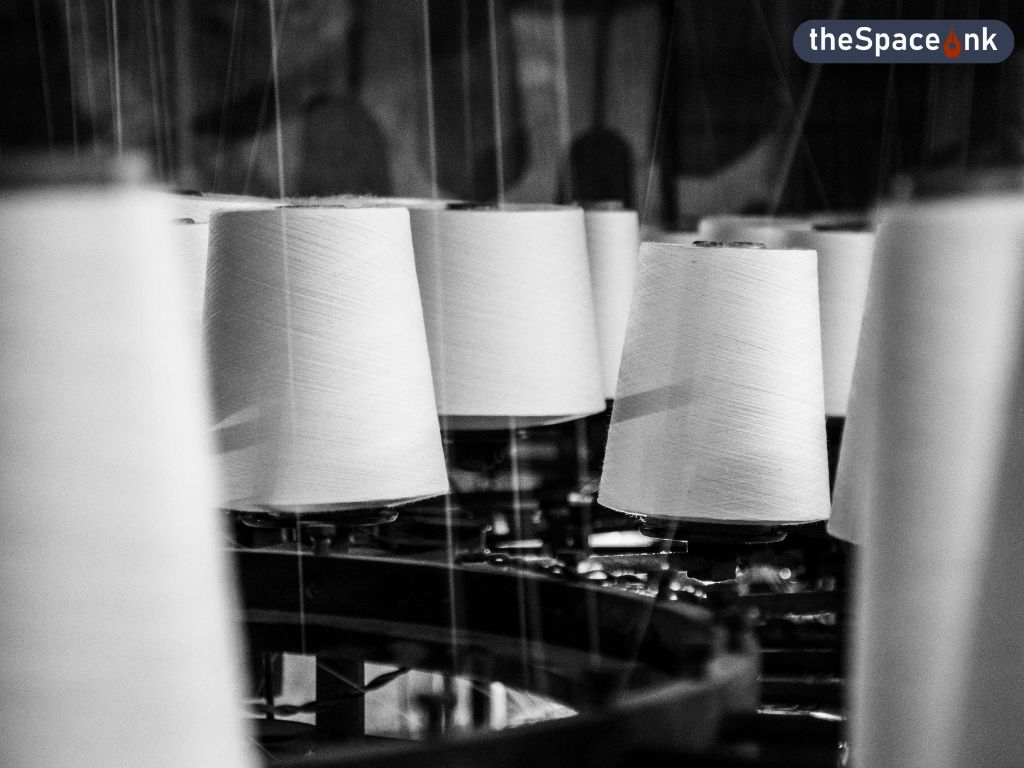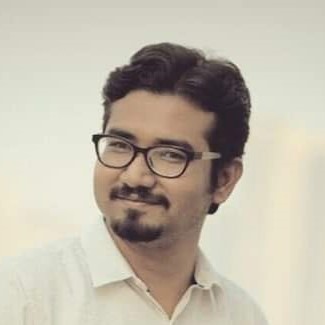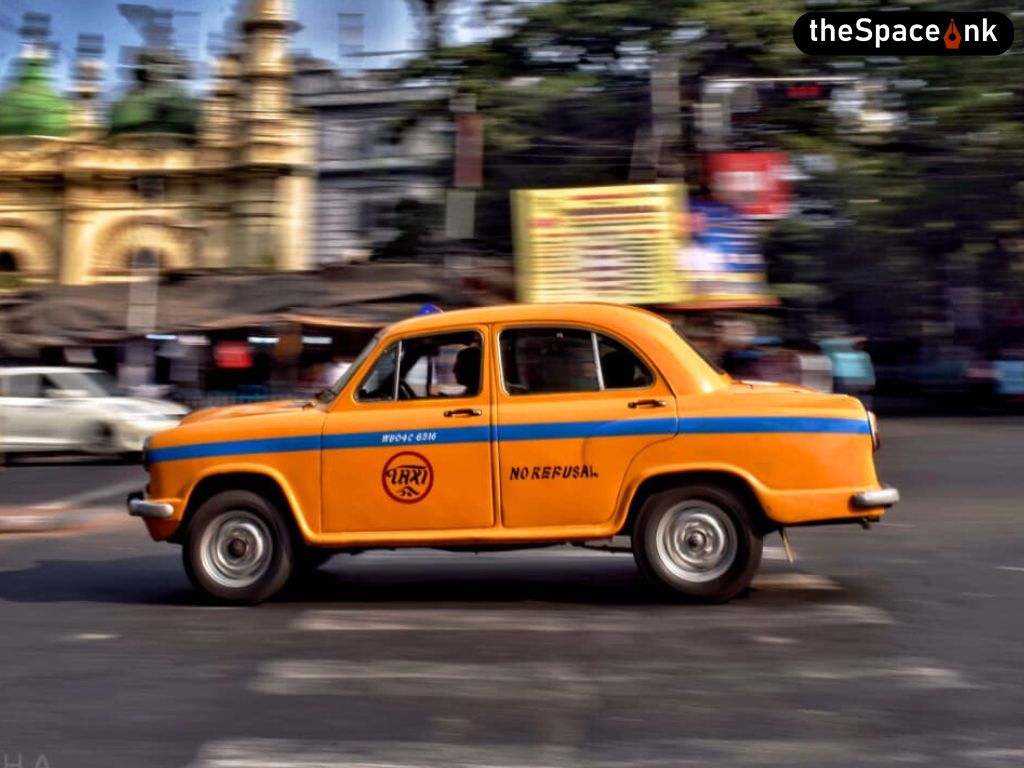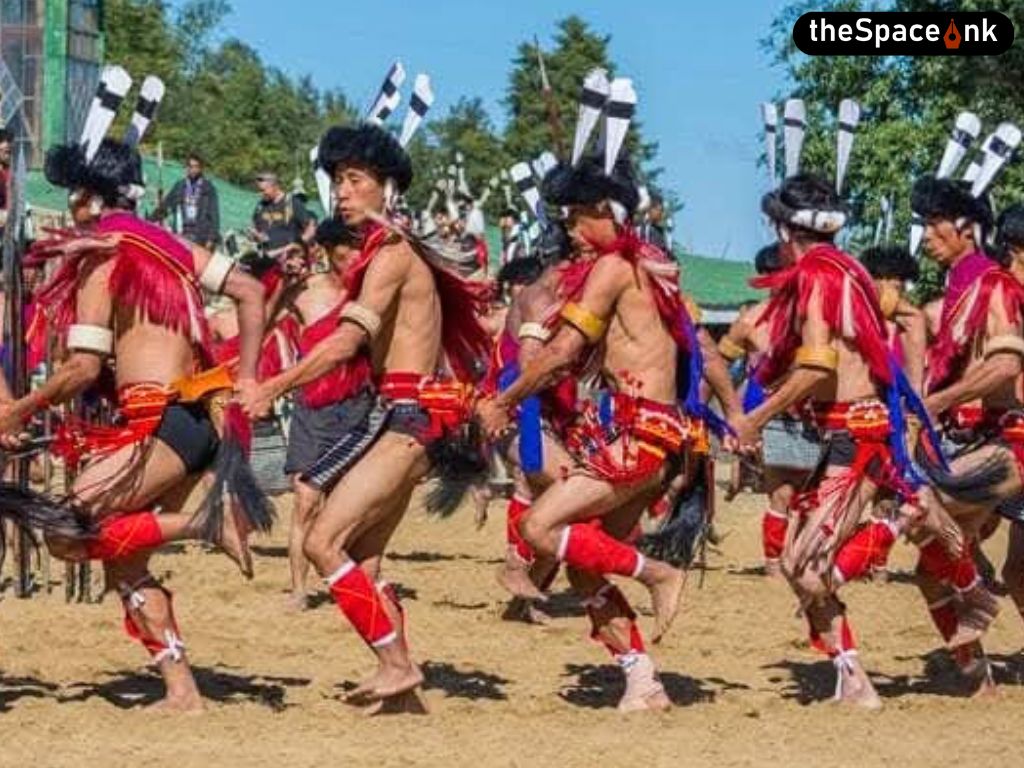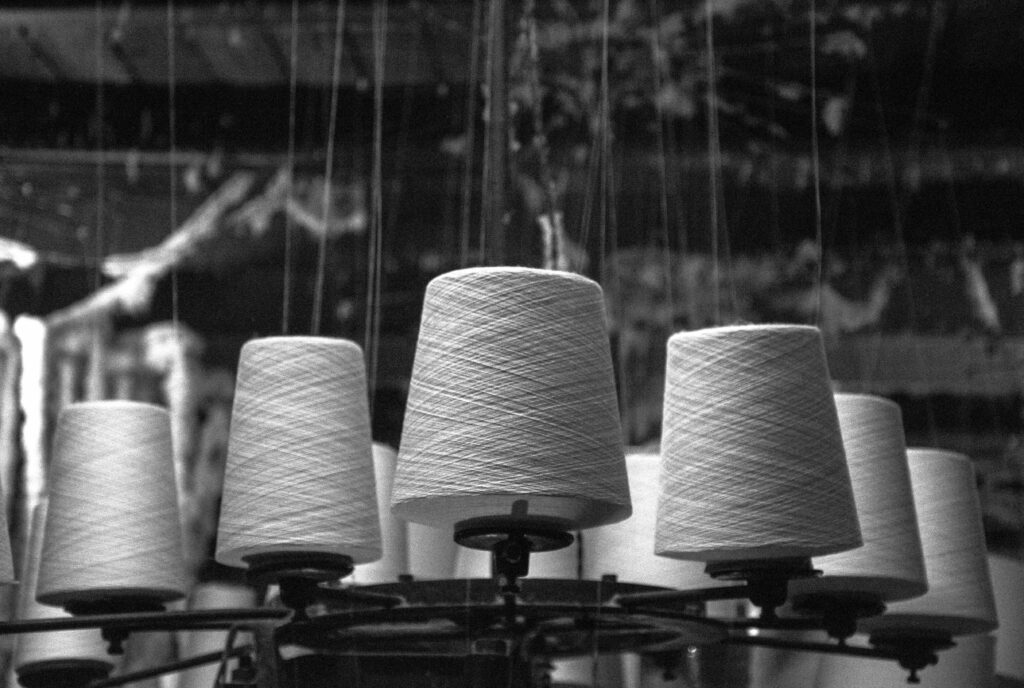
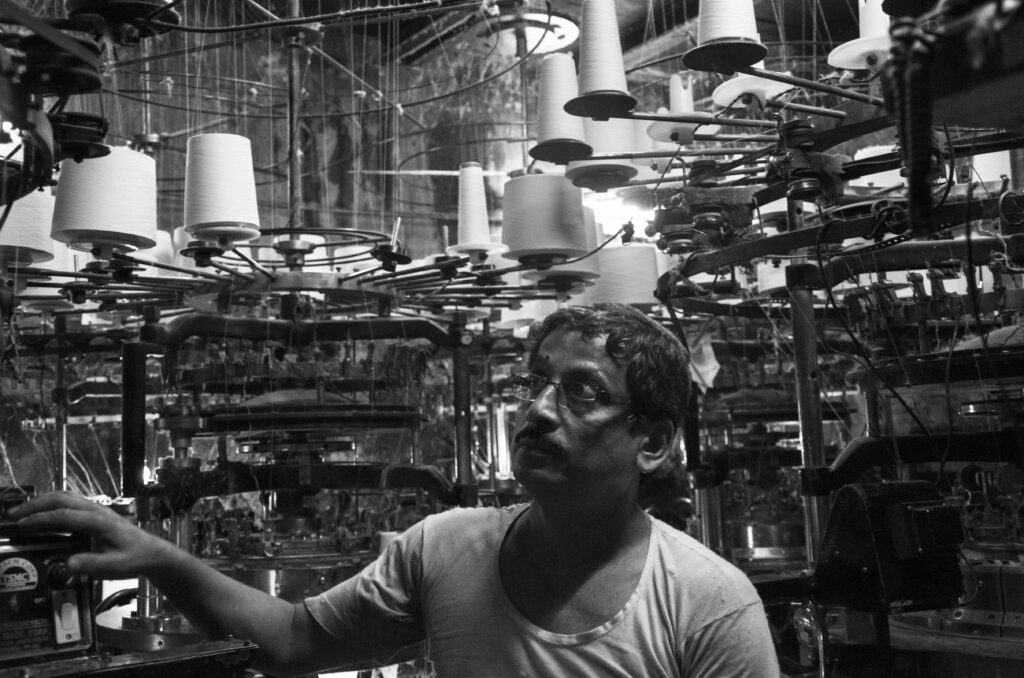
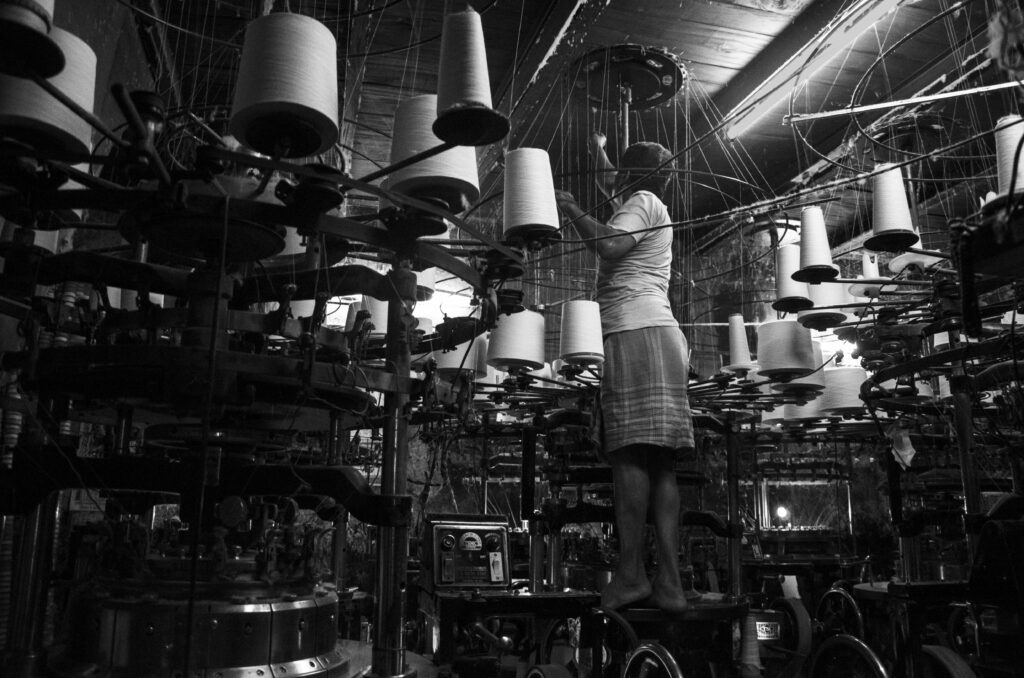
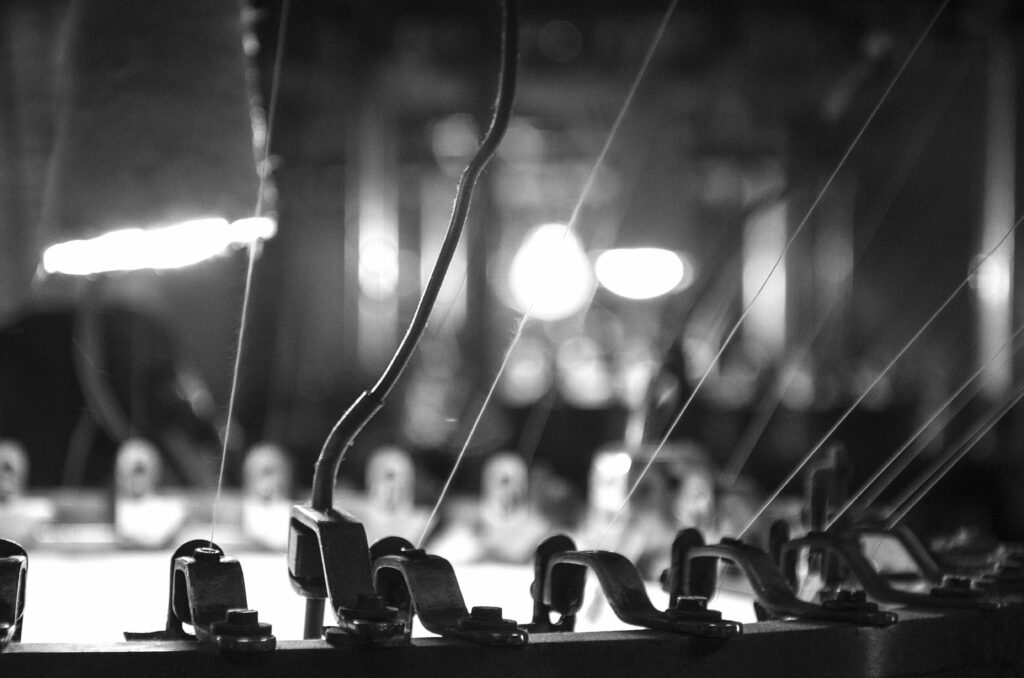
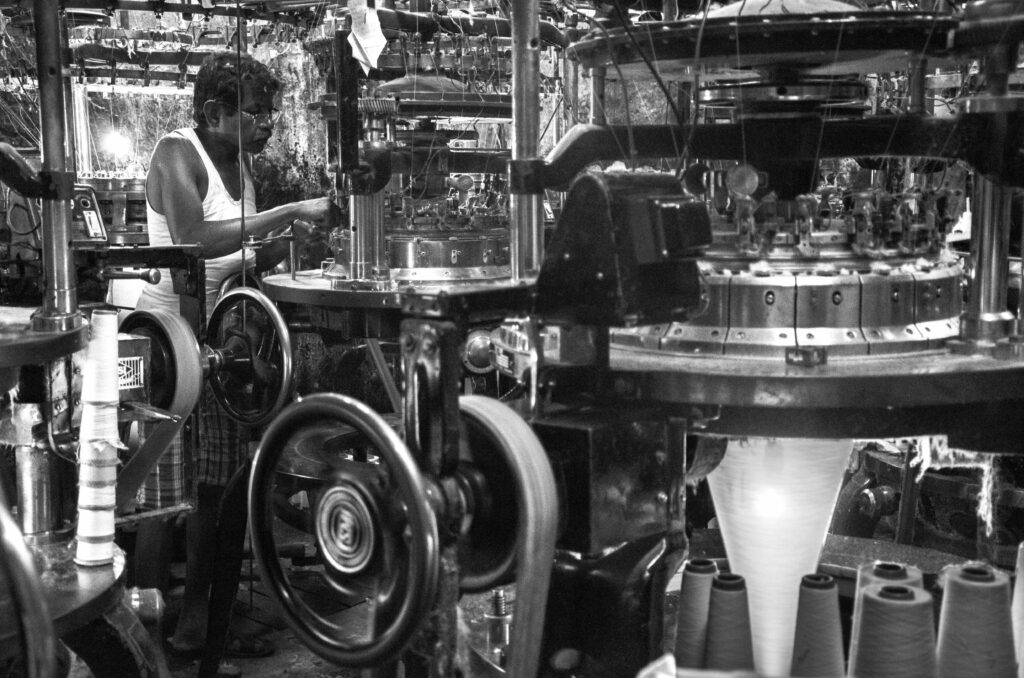
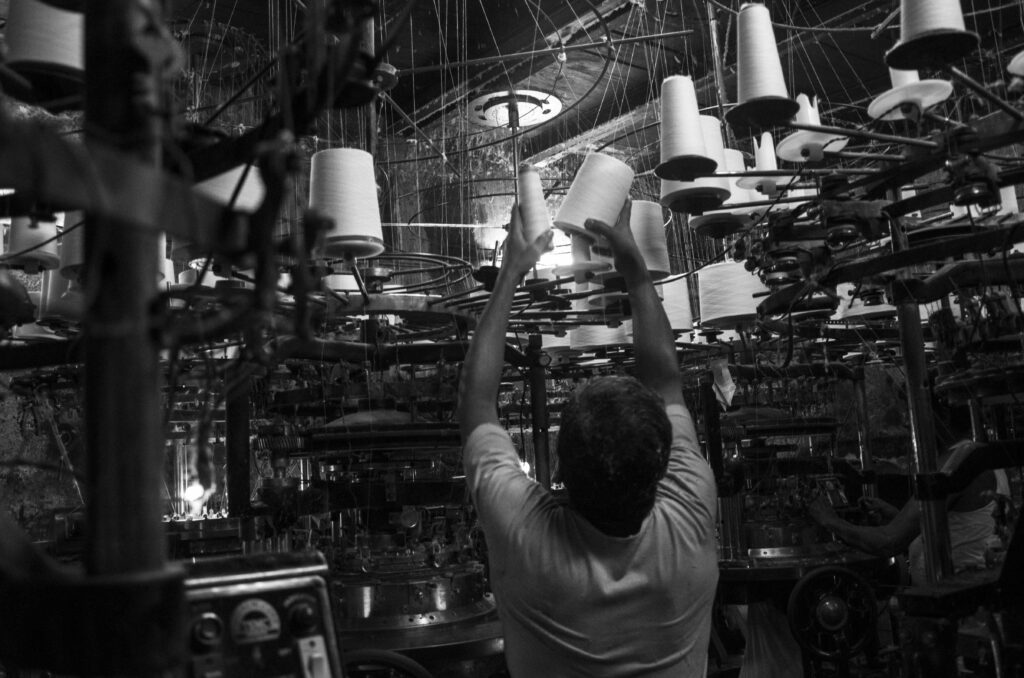
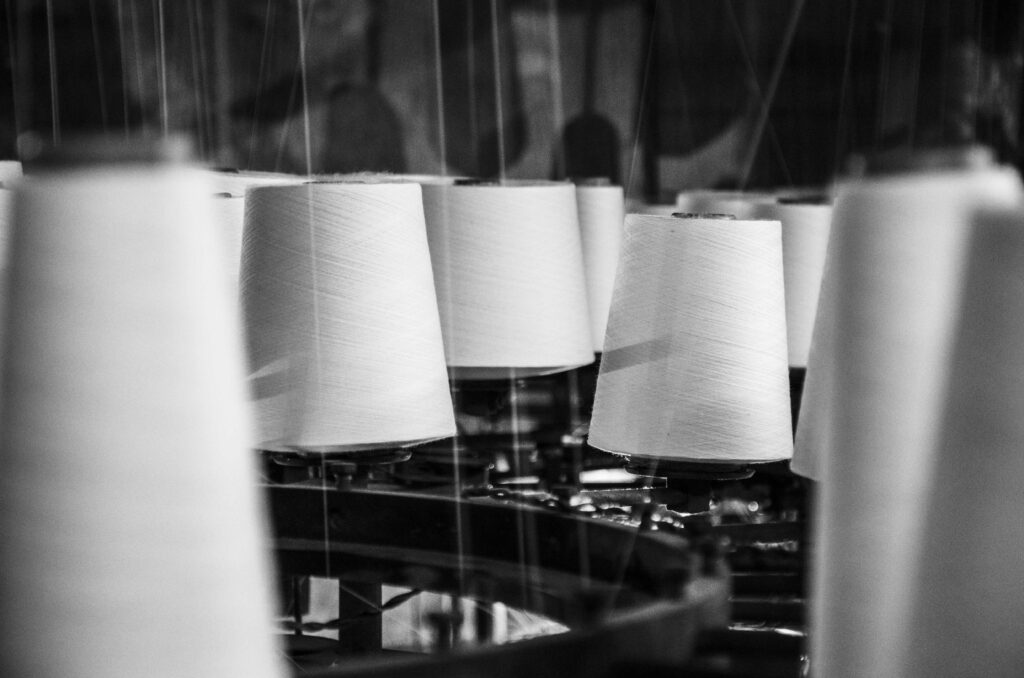
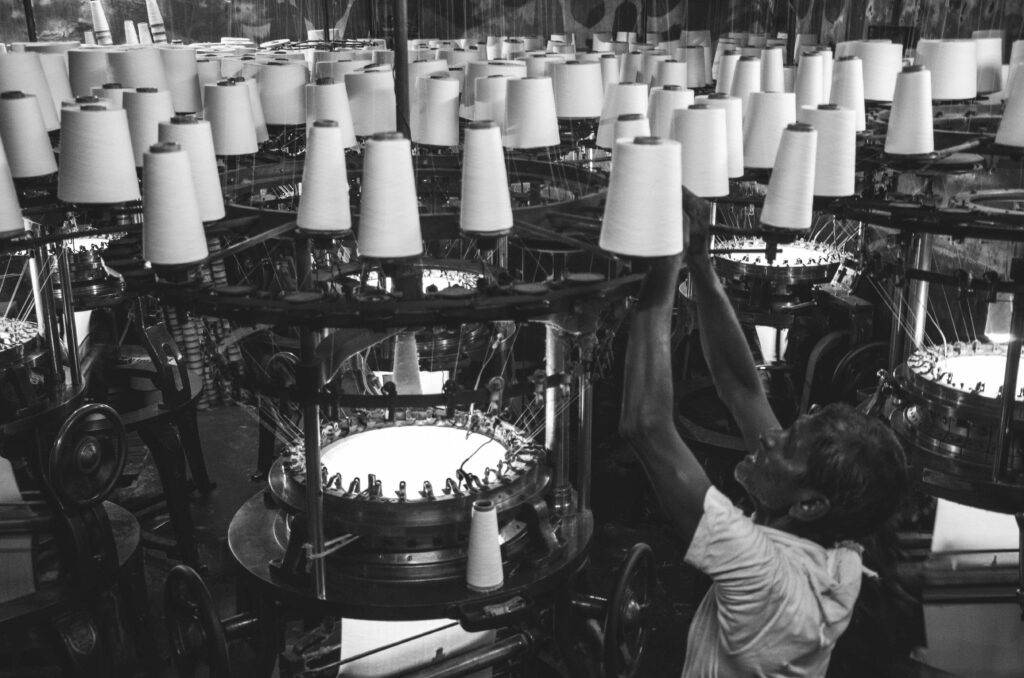
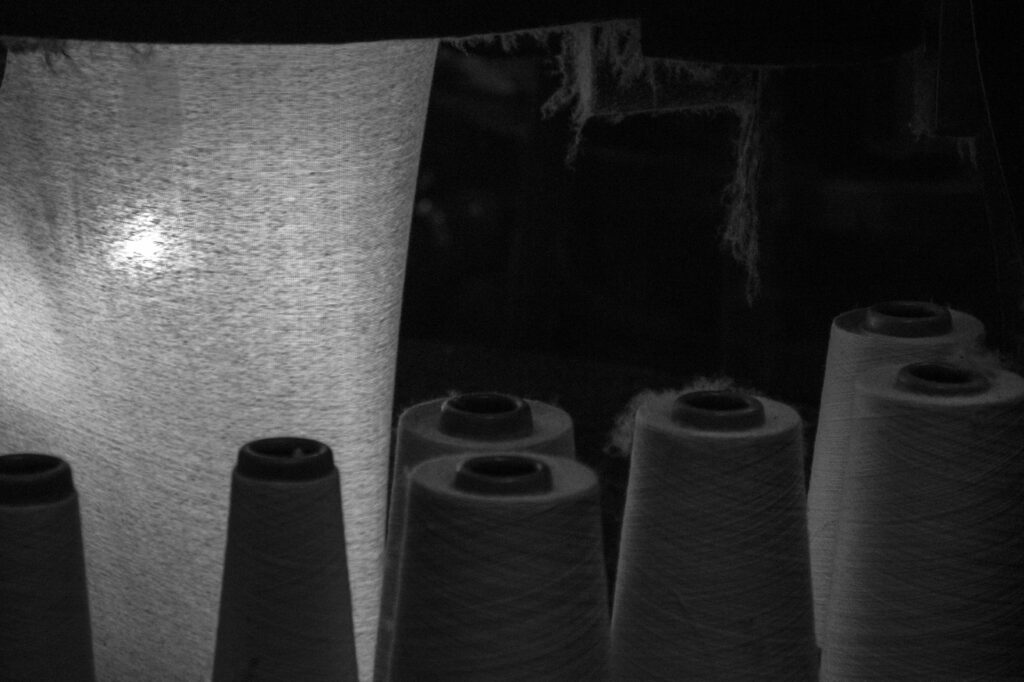
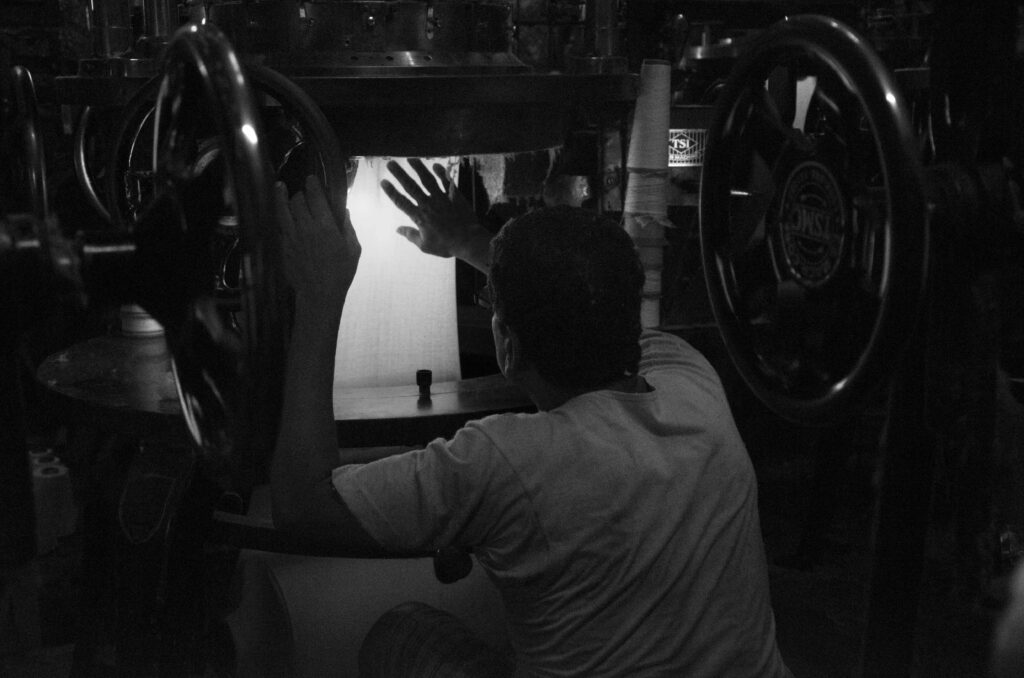
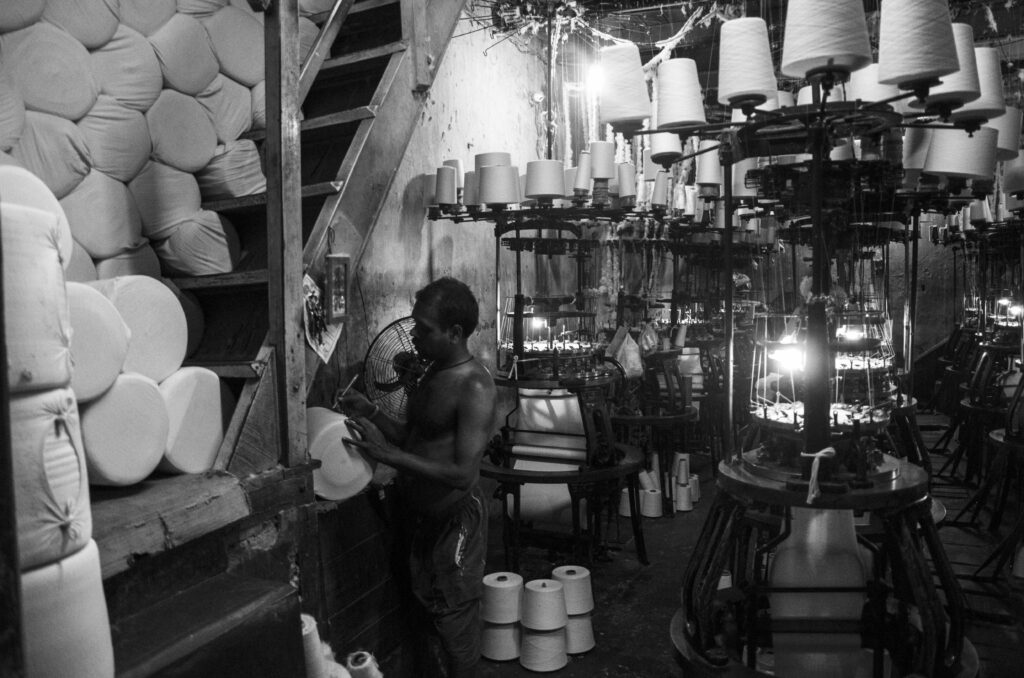
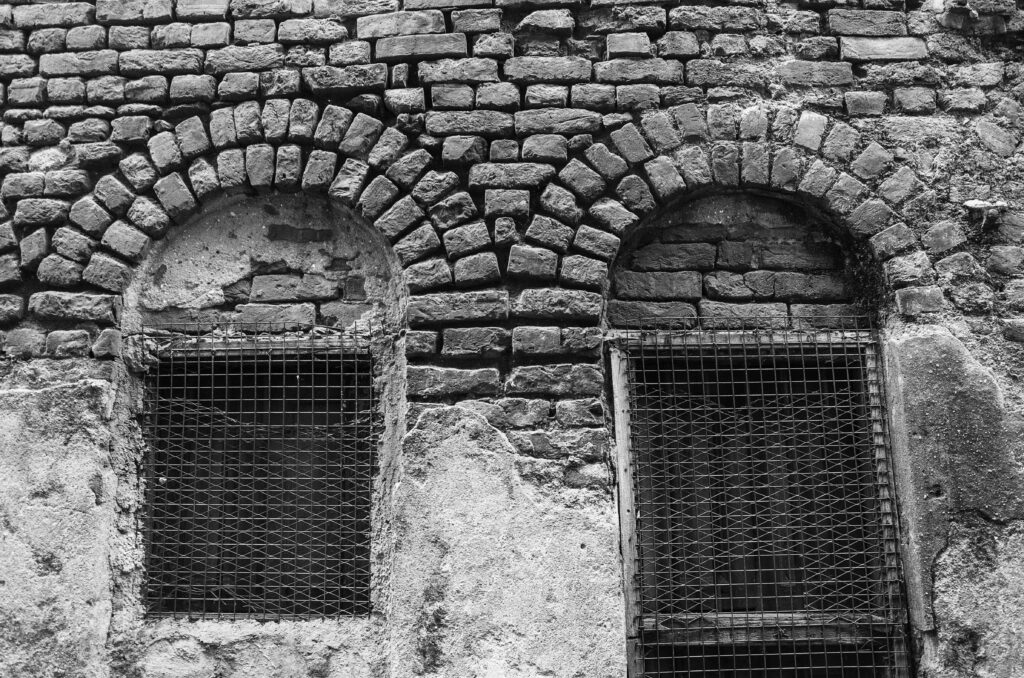
(Yarn)
Hidden away in the labyrinthine alleys of North Kolkata Sutanuti was one of the original three villages that gave birth to the city of Kolkata, holds layers of forgotten history. Long before the city transformed into a colonial capital, Sutanuti thrived as a riverside settlement of traders, artisans, and textile workers.
Among its many lost industries, the sewing mills once stood as quiet engines of livelihood. These modest establishments often family-run and deeply embedded in the local community buzzed with the steady hum of needle and thread. They stitched not just garments but the socio-economic fabric of early urban Bengal.
During the British era these mills supplied uniforms, household linens and tailored goods to both colonial and local markets. Unlike the massive textile factories of Bombay or Ahmedabad, Sutanuti’s sewing mills were smaller and often housed within century-old buildings. Blending European industrial design with Bengali vernacular architecture.
Photo Story: Beyond the Scroll
But with time- industrial decline, shifting markets and urban neglect left these spaces in decay. Cracked walls, rusted machines remnants now mark what was once a thriving micro-economy. (Yarn)
As modern Kolkata builds over its past, concerned historians, artists, and heritage groups are beginning to documenting oral histories, archiving photographs, and campaigning to preserve the last vestiges of these forgotten spaces. Their goal is simple yet urgent:to ensure Sutanuti’s story is remembered—not just in history books, but in the living identity of the city. (Yarn)
Business Analyst by profession, photographer by passion—turning data into insights and capturing human interest and emotions through the lens. Photography isn’t just a hobby, it's a part of my living and expression.


